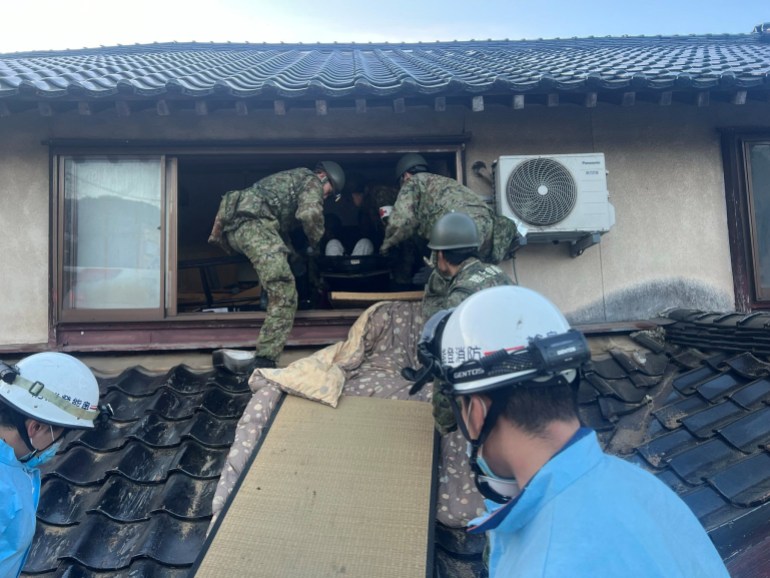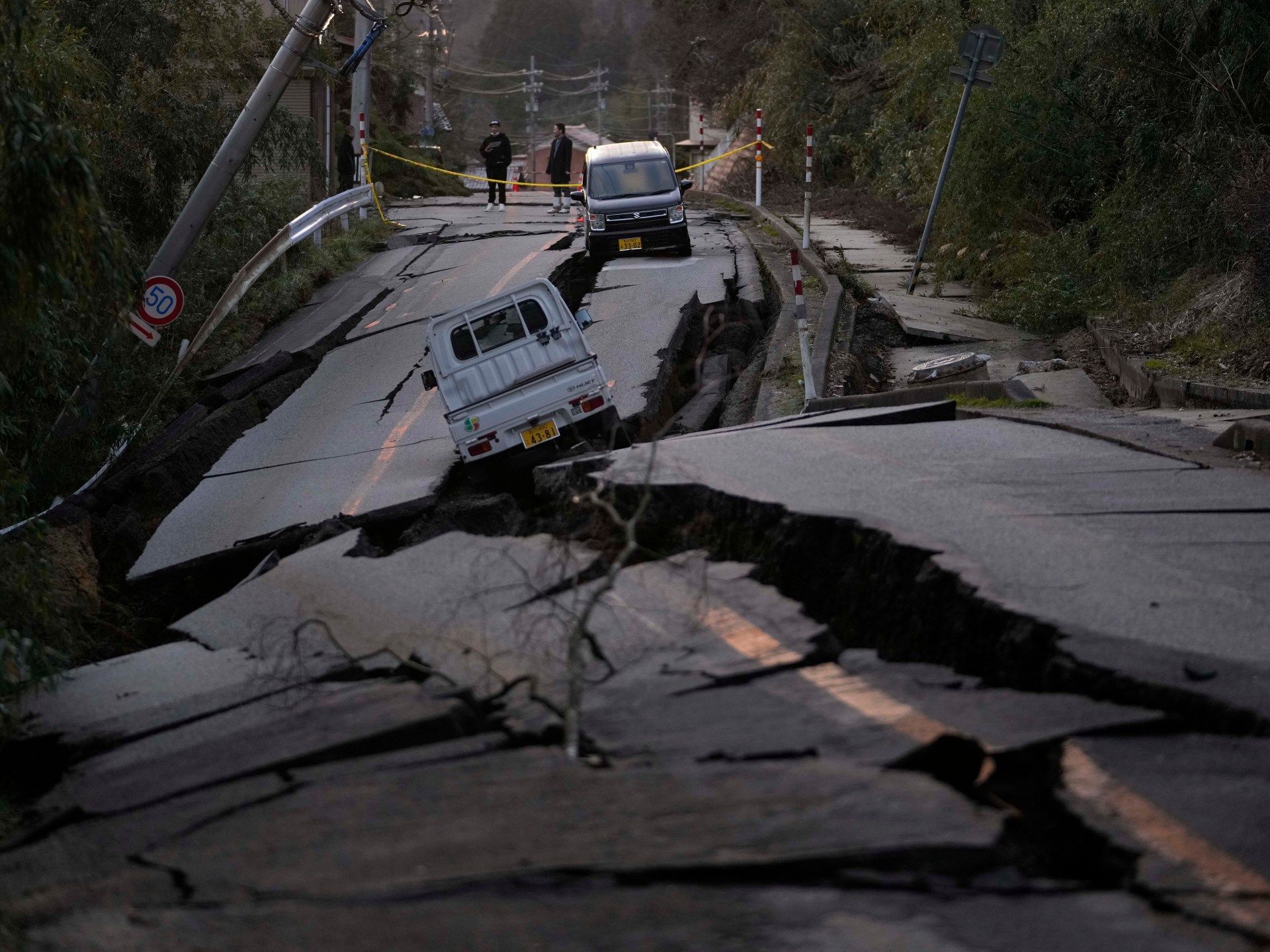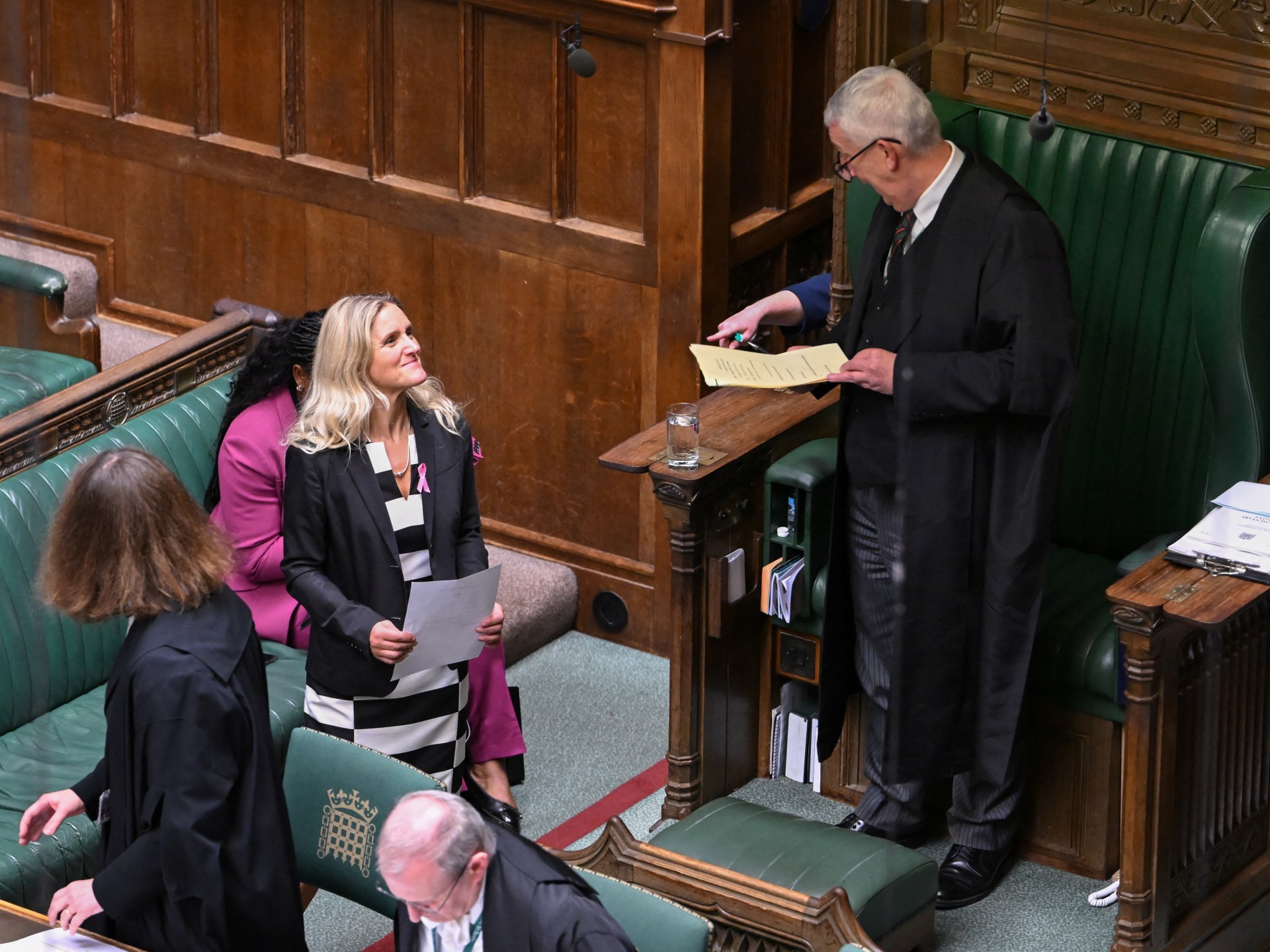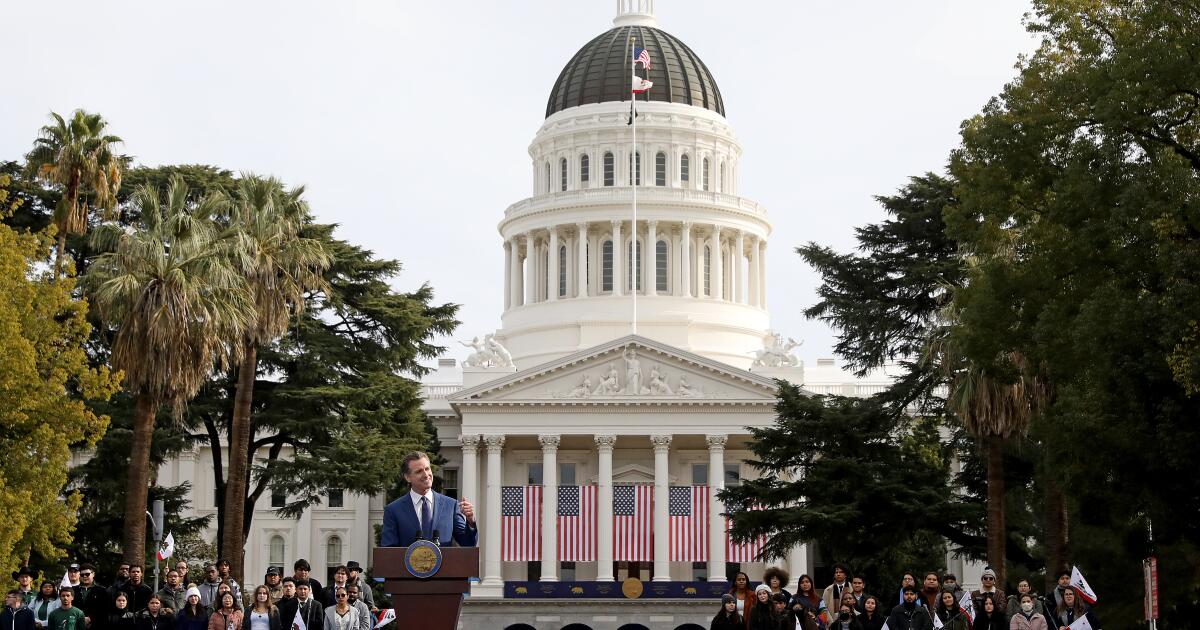Heavy rain is forecast until Thursday, increasing the risk of landslides and further complicating relief efforts.
Japanese rescuers continue to search for survivors of Monday’s earthquake in Ishikawa Prefecture as authorities warned that heavy rain, landslides and repeated aftershocks could hamper relief efforts.
The regional government said Wednesday that 62 people had been confirmed dead and more than 300 injured, 20 of them seriously.
He warned that the death toll was likely to rise further.
The magnitude 7.6 earthquake struck off the Noto Peninsula on Monday afternoon, leveling homes in Suzu on the northern coast and sparking fires that devastated parts of the nearby town of Wajima. It also destroyed roads, increasing the challenge of search and rescue.
More than 31,800 people are in shelters, the government said.
“More than 40 hours have passed since the disaster. “We have received a lot of information about people who need to be rescued and there are people waiting for help,” Prime Minister Fumio Kishida said after an emergency task force meeting.
“Local authorities, police, firefighters and other operational units are carrying out rescue efforts, while the number of personnel and rescue dogs is being increased.”

Kishida said the central government was trying to bring aid by boat to the worst-hit parts of the Noto Peninsula because roads had been left almost impassable. The Japanese Self-Defense Forces were also using helicopters to reach isolated villages, the Kyodo news agency reported.
Complicating relief efforts, the Japan Meteorological Agency (JMA) said heavy rain was expected, which could increase the risk of landslides.
90 percent missing
In Suzu, Mayor Masuhiro Izumiya said there were “almost no houses standing.”
“Approximately 90 percent of the houses [in the town] “They are totally or almost completely destroyed… the situation is really catastrophic,” he said, according to the TBS station.
Nearly 34,000 homes remained without power in Ishikawa Prefecture, the local utility company said.
Many cities were left without running water.
The US Geological Survey measured the earthquake at a magnitude of 7.5, while the JMA estimated it at 7.6 and issued a major tsunami warning, which was later lifted.
Monday’s earthquake was one of more than 400 to hit the region as of Wednesday morning, according to the JMA.

Four of the world’s tectonic plates are located in Japan, making the country particularly prone to earthquakes.
Experience hundreds each year, but most cause little or no damage.
Although the toll from Monday’s earthquake has continued to rise, prompt public warnings, conveyed by broadcasts and telephones, and the rapid response of the general public and officials appeared to have limited some of the impact.
Toshitaka Katada, a professor at the University of Tokyo who specializes in disasters, said people were prepared, with evacuation plans drawn up and emergency supplies in stock.
“There are probably no people on Earth who are as prepared to deal with disasters as the Japanese,” he told The Associated Press news agency.
The number of earthquakes in the Noto Peninsula region has increased steadily since 2018, a Japanese government report said last year.
In 2011, northeastern Japan was hit by one of the most powerful earthquakes ever recorded. The magnitude 9.0 undersea earthquake triggered a massive tsunami that wiped out entire communities and caused a disaster at the Fukushima nuclear plant. At least 18,500 people died.












